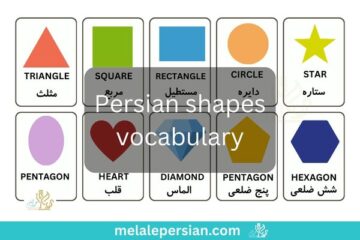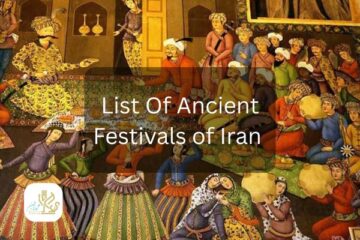
Home » The Social Role of Iranian Music






Learning Persian numbers is one of the most essential skills for any beginner, as numbers come up constantly in daily conversations, from shopping and travel
Introduction Persian shapes vocabulary is an essential part of learning Persian, whether you’re a child starting with the basics or an adult seeking to expand
Endemic Animals of Iran: Unique Species and Their Habitats Endemic animals of Iran are unique species that are found only in Iran and nowhere else
Introduction Learning to speak Persian in daily life can be easy and fun for kids!In this guide, we’ll share 50+ simple Persian sentences that children
Introduction Iranian handicrafts are a reflection of the country’s rich cultural heritage and artistic tradition. Rooted in centuries of history, these crafts represent the creativity,
Introduction of Ancient Festivals of Iran In this article, we provide a comprehensive list of Iran’s ancient festivals, including their dates, origins, and cultural significance.
Introduction Love has always held a sacred place in Persian culture, not just as a feeling, but as a way of life.Through beautiful quotes and
Introduction If you’re learning Farsi, one of the first things you’ll want to get familiar with is the months in Persian. Just like learning the
$220 Original price was: $220.$100Current price is: $100.
$39 Original price was: $39.$29Current price is: $29.
About us
International Melale complex aims to promote Persian culture, artworks, and architecture to enthusiastic audiences on a fascinating presentation. Melale Persian is the way to receive rich educational materials in various fields, including Tourism, Architecture, Music, which all relate to this distinguished legacy.
© All Rights Reserved for Melale International Educational Institute